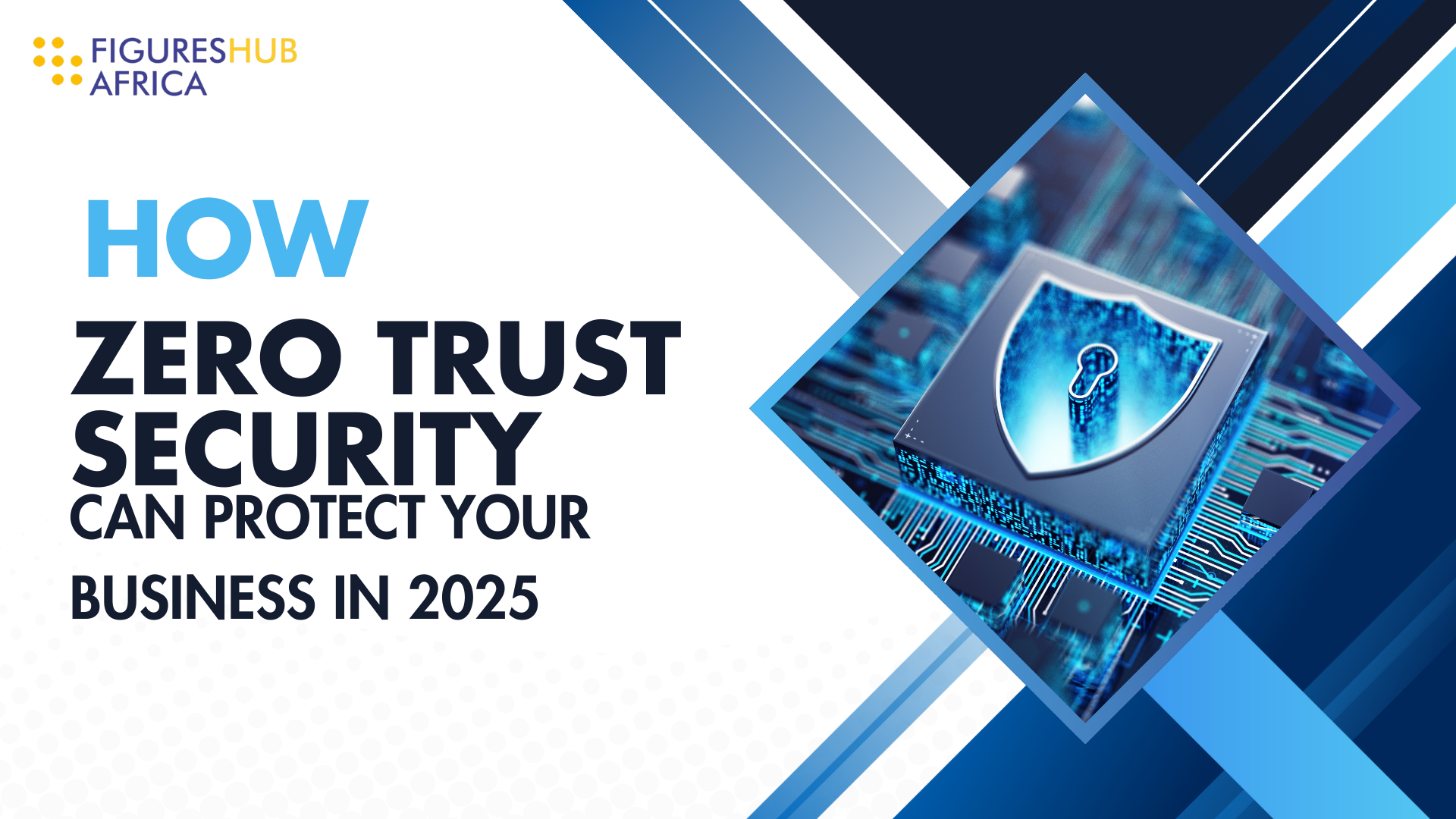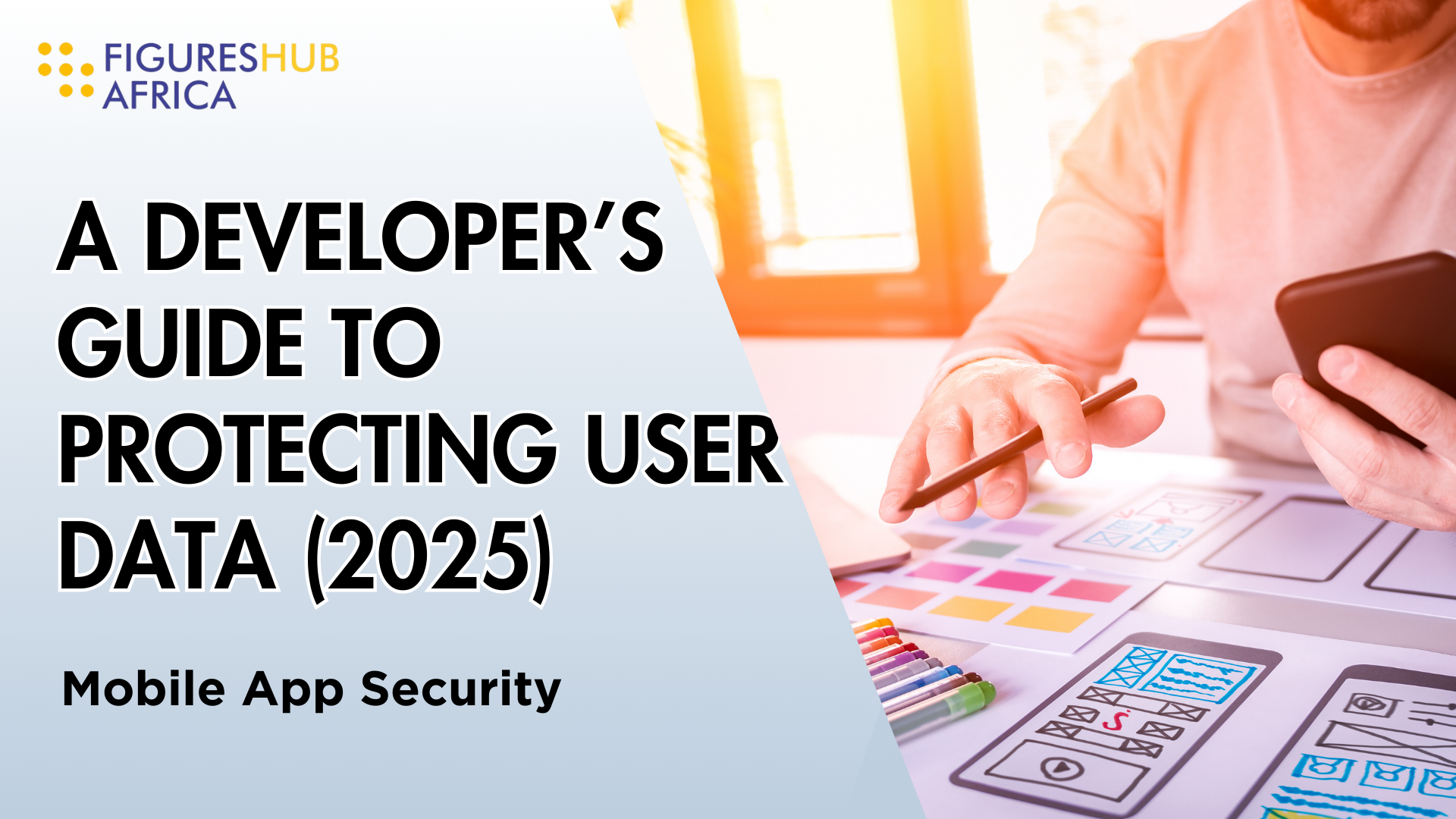Cyber threats are evolving rapidly, making it essential for businesses to rethink their security strategies. Traditional perimeter-based security models are no longer sufficient, as attackers exploit both external and internal vulnerabilities.
This is where Zero Trust Security comes in. Unlike traditional security models that assume users inside a network can be trusted, Zero Trust follows a “never trust, always verify” approach. It continuously validates every user, device, and system before granting access to sensitive data or systems.
With the increasing reliance on cloud services, remote work, and interconnected systems, adopting a Zero Trust model in 2025 is not just an option—it’s a necessity.
What is the Zero Trust Security Model?
Zero Trust is a cybersecurity framework that eliminates the concept of inherent trust. It ensures that every user and device must be verified before accessing data or applications, regardless of whether they are inside or outside the corporate network.
The core principles of zero trust security are:
- Continuous Verification – Every user, device, and application must be authenticated at all times, even if they are inside the network.
- Least Privilege Access – Users are granted only the minimum permissions necessary to perform their tasks.
- Micro-Segmentation – The network is divided into smaller sections to prevent attackers from moving laterally if a breach occurs.
- Multi-Factor Authentication (MFA) – Access requires multiple layers of authentication, such as passwords and biometric scans.
- Real-Time Threat Detection – AI and machine learning are used to detect and respond to suspicious activities immediately.
Zero Trust Security vs Traditional Security Model
While traditional models rely on securing a fixed boundary, Zero Trust adapts to today’s dynamic, remote, and cloud-first environments—making it the preferred approach for modern cybersecurity.
| Aspect | Traditional Security | Zero Trust Security |
| Core Philosophy | “Trust but verify” – users inside the network are trusted | “Never trust, always verify” – every access request is validated, no matter the source |
| Network Perimeter | Assumes a secure, protected perimeter | No perimeter – assumes breaches can happen anytime, anywhere |
| Access Control | Once inside, users often have broad access | Access is given on a strict, need-to-know basis (least privilege) |
| User Authentication | One-time login, minimal continuous validation | Continuous authentication and identity verification |
| Threat Detection | Reactive – responds after a breach | Proactive – constant monitoring and micro-segmentation to prevent breaches |
| Data Protection | Focuses on protecting the network | Focuses on protecting the data itself |
| Device Trust | Devices within the network are often trusted by default | Every device must be verified and continuously assessed |
| Best For | Traditional office networks with clear perimeters | Remote workforces, cloud-based systems, hybrid environments |
| Security Gaps | Vulnerable if perimeter is breached | Designed to minimize risk even after breaches |
How Zero Trust Security Protects Your Business
Below is how zero trust security protects your business:
Reduces Insider Threats
Since no user or device is automatically trusted, Zero Trust prevents unauthorized access, even from internal employees who might pose a risk.
Strengthens Data Protection
Zero Trust ensures that sensitive data is only accessible to authorized users, reducing the risk of data leaks and breaches.
Secures Remote Workforce
With more employees working remotely in 2025, Zero Trust provides secure access without relying on VPNs or traditional firewalls.
Enhances Compliance
Many industries, including finance and healthcare, require strict security regulations. Zero Trust helps businesses meet compliance standards such as GDPR, HIPAA, and CCPA.
Challenges of Implementing Zero Trust
While Zero Trust improves security, it comes with certain challenges:
High Initial Investment – Implementing Zero Trust may require upgrading security infrastructure.
Complex Integration– Businesses may struggle to integrate Zero Trust into existing IT systems.
Employee Resistance – Employees might push back against additional authentication steps.
Conclusion
The Zero Trust Security Model is no longer a “nice-to-have”—it’s a necessity for protecting businesses in 2025. With rising cyber threats, remote work, and compliance requirements, companies must implement Zero Trust to safeguard their data, customers, and reputation.
By adopting a “never trust, always verify” approach, your business can reduce risks, enhance data protection, and stay ahead of evolving threats.



